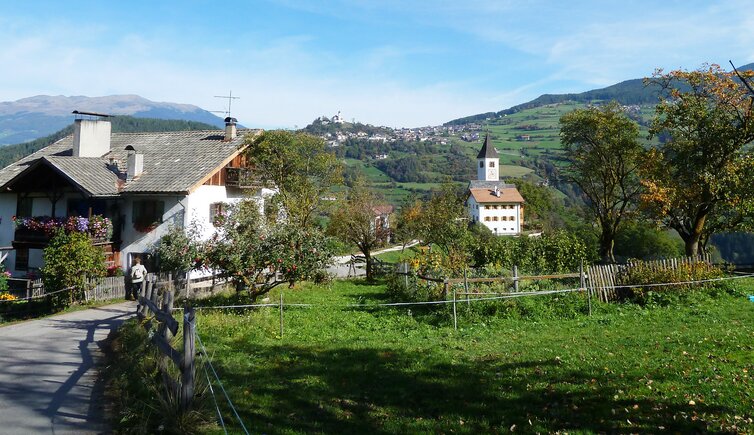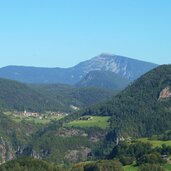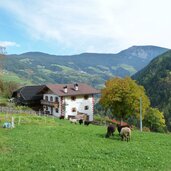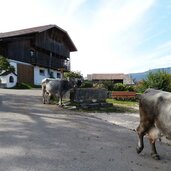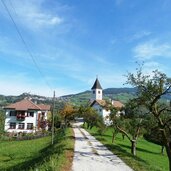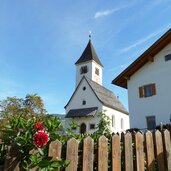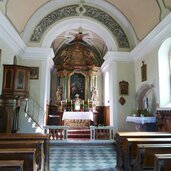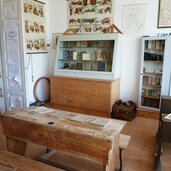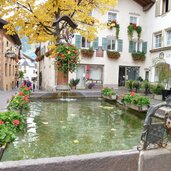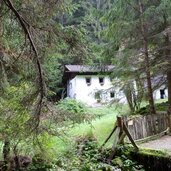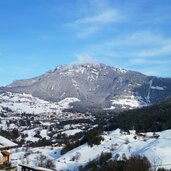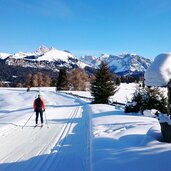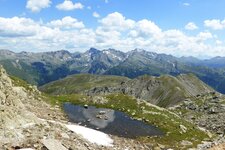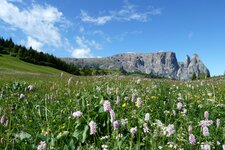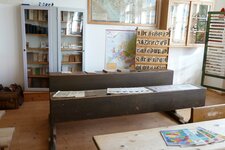Tagusa is best known for its school museum, housed in a former one-room school
Image gallery: Tagusa
"Small but perfectly formed" best describes Tagusa (Tagusens): The hamlet consists of just a few houses, some farmsteads and the old school. It was once one of the so-called "dwarf schools" in South Tyrol: As the mountain villages were widely scattered, making the journey on foot too long for children, almost every hamlet had its own classroom. Typically, no more than a handful of pupils from all primary school years would learn together. The school in Tagusa reached its peak enrolment of 46 children in the 1950s and remained in operation until the year 1993.
Today, the Tagusa School Museum recounts these times. The hamlet itself is situated on a hill above the Valle Isarco at the entrance to the Val Gardena. This location provides an expansive view that, on clear autumn days, reaches as far as the Sarentino Alps. Despite its peaceful location, there is a bus stop connecting Tagusa with Castelrotto, the other villages, and the Siusi Alp.
Hikers occasionally pass through, making a cultural stop at the museum. This is because the Castelrotto circular hike passes through here. It starts at the church in the main village and takes you to Tagusa in about three hours, with views of the impressive Sciliar Massif. The route then follows meadow path no. 2 to the Radlmoos Pond and returns to Castelrotto through the forest.
A particularly notable building in the hamlet is the little Church of St. Magdalene: It stands on a pre-Christian settlement and worship site. The altar is adorned with sculptures by Josef Konrad Wieser from Bressanone (1693-1760), one of the most significant Tyrolean artists of the Rococo.
